ODESA, Ukraine – In the bloodiest day in Ukraine since government snipers claimed more than 50 lives during the EuroMaidan Revolution on Feb. 20, 46 people were killed in Odesa on May 2. The violence started when an armed group of pro-Russian activists attacked a peaceful pro-Ukrainian rally, whose participants, uncharacteristically, fought back
But nearly a week later, many questions remain about who died, how they died, why so many perished and who is responsible for their deaths amid accusations from Ukraine’s leading presidential candidate, Petro Poroshenko, that a toxic chemical was used in the building where most lost their lives.
Pro-Russians came armed, ready to attack
Some 1,000 pro-Ukrainian citizens and football fans from Odesa and Kharkiv gathered at Soborna Square in central Odesa on 3 p.m. to march for Ukraine’s unity, a tradition that began during the EuroMaidan Revolution that toppled former President Viktor Yanukovych on Feb. 22. Metalist Kharkiv’s fan club, however, denied they took part.
Before the march, some 400 pro-Russian protesters approached the square from Hrecheska Street; many of them were armed with guns, bats and sticks and wore bulletproof vests and helmets, while most of the Ukrainian patriots on Soborna Square were unarmed.
After the group of mostly Ukrainian football fans came under attack, they responded by throwing rocks at the AntiMaidan crowd of pro-Russians. Soon the fighting escalated, as both sides threw Molotov cocktails and fired automatic weapons. Police were seen either shielding the pro-Russians or not taking action to keep the two crowds apart. Masked, pro-Russians were also seen shooting from the rooftop of the Afina shopping mall in the central square.
The fighting lasted for hours and left six men dead before it moved to an even deadlier phase.
Pro-Ukrainian activists vastly outnumbered the pro-Russian crowd and eventually chased them away. They then descended on Kulikove Pole Square, where the Anti-Maidan protesters had set up an encampment, and destroyed the tents near the Trade Union House that had been the headquarters of the pro-Russian protesters in Odessa since February.
When the activists set the tents on fire, Odesa Oblast council member Oleksiy Alba called on some 200 pro-Russians in the camp to flee to the nearby Trade Unions House.
The pro-Ukrainians threw rocks and Molotov cocktails at the building, while the AntiMaidan supporters threw Molotov cocktails from the rooftop. Several bottles broke inside the front entrance and the windows of the second and fourth floor, where a fire spread quickly.
The burning building trapped people inside. Police said eight of them died after jumping from the upper floors of the tall, stately five-story building as they tried to escape from the fire, while 32 died of smoke inhalation. The rest went to the rooftop or hid in areas of the building not consumed by fire.
The victims
The death toll unofficially stands at 46. As of May 7, only 38 of the victims were identified, 19 of whom have been buried. Despite rumors that there were Russian citizens among the dead, all the identified victims turned out to be from Odesa. Five participants of the clashes went missing. Some 200 people sought medical aid after the clashes. Of identified victims, six are women.
One of the women was Khrystyna Berzhanytska, 22. A blonde young woman of Russian origin and an AntiMaidan activist in Odesa, she died of smoke inhalation inside the Trade Unions House. In early November 2013, she participated in a talk show on local TV, defending the idea of Slavic unity and criticizing the West.
“I don’t understand why everyone is so pro-Western now. What comes from the West kills our culture, our traditions. It’s wrong to take after someone; everyone should have their own way. Otherwise, we can turn into a herd,” Berzhanytska said then.
Most of the bodies in Trade Unions House were found lying in the stairwell and upstairs rooms.
How the fire started
The official version given by the Interior Ministry is that the Trade Unions House could have caught on fire from the Molotov cocktails that some of the AntiMaidan protesters were throwing from the rooftop.
But even eyewitnesses are not sure what started the deadly inferno. Many videos shot at the scene show the building on fire from Molotov cocktails thrown by pro-Ukrainian protesters. But at least one video shows a fire burning in the room on the fourth floor while the room’s window is closed and unbroken.
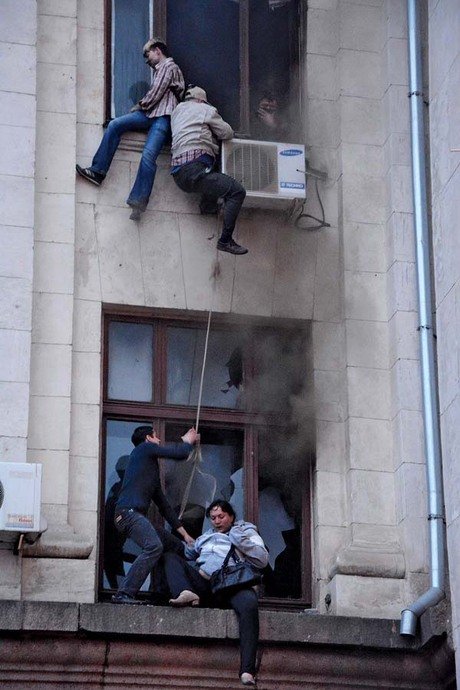
Minyayev, who witnessed the tragedy, says he saw pro-Ukrainian activists beating those who jumped from the windows, but he does not believe there was any intent to kill those inside. The activists helped save many lives by bringing scaffolding any other rescue devices to the building.
The pro-Ukrainian fighters “didn’t know there were people inside who had died. People were shouting until the end – ‘Come out!’ ‘Give up!’ Until the very end, when the emergency services people came out and said, “Guys, there are only corpses in there,” Minyayev said.
Some allege that the victims died from a deadly gas, or toxic chemicals, not smoke. Poroshenko, the billionaire front-runner in the presidential election on May 25, thinks this version may be true.
“New details of the Odesa tragedy are now being disclosed. There were terrorists brought from Transnistria and Russia who fired at the pro-Ukrainian march and there were also special toxic substances placed in the Trade Union house. It was a scenario developed in advance to make the number of victims higher,” Poroshenko told journalists in parliament on May 6 after lawmakers listened to a report by law enforcement officials.
The investigation
The unrest in Odesa was financed by members of ex-President Viktor Yanukovych’s inner circle, said Valentyn Nalyvaichenko, the head of the Security Service of Ukraine (SBU) on May 7. He added that Russia’s KGB-successor agency, the Federal Security Service, organized the unrest and backed the pro-Russian crowd.

According to him, the SBU discovered that the people who attacked the pro-Ukrainian rally in Odesa were paid from a money conversion center in Odesa. The center was associated with former Prime Minister Serhiy Arbuzov and former Deputy Prime Minister Oleksandr Klymenko, both part of Yanukovych’s inner circle. They, along with Yanukovych, are among the coterie of former high officials who fled Ukraine and are believed to be hiding out in Russia.
On May 7, Klymenko was summoned to the General Prosecutor’s Office to be questioned but didn’t appear.
There were other, peaceful rallies in Odessa as recently as May 1, when Anti-Maidan activists and left-wing parties held a march.
The next day, AntiMaidan groups on the Russian-controlled Vkontakte social network suddenly shared calls to forcefully stop the pro-Ukrainian march and “take after Donetsk,” a reference to the bloody attacks by Kremlin-backed, pro-Russian demonstrators on pro-Ukrainians on April 27.
During the clashes in Odesa, many were surprised and outraged by the inaction of police.
Police didn’t prevent the hundreds of armed Anti-Maidan supporters from attacking the pro-Ukrainian rally, even though several dozen officers were present at the Anti-Maidan supporters’ gathering spot. When the fight started, the police formed a line to protect Anti-Maidan people from the pro-Ukrainian football fans.
Witnesses say and videos show the police shielded the AntiMaidan crowd and even let some from their ranks launch attacks. At least one protester on the AntiMaidan side was seen shooting a machine gun from behind rows of police, using them as a shield.
“What for me was the worst thing was that the firing came from behind the police line, from behind their shields,” Minyayev said. “They couldn’t have not seen it. It’s proof to me that they didn’t just let it happen, they supported it.”
Ukraine’s Prosecutor General Oleh Makhnitskiy agrees.
“We can speak of not just (police) inactivity, but of collaboration,” Makhnitskiy told Channel 5 on May 6.
Two criminal investigations of the Odessa events have been opened – one 0f the police actions and the other of the violent riots. Meanwhile, a range of Odessa top officials have been fired and replaced, including the chief of regional police and the governor of Odessa Oblast.
Kyiv Post editor Mark Rachkevych, Kyiv Post staff writer Oksana Grytsenko and journalist Sergiy Dibrov from Odesa contributed to this story.
Editor’s Note: This article has been produced with support from the project www.mymedia.org.ua, financially supported by the Ministry of Foreign Affairs of Denmark, and implemented by a joint venture between NIRAS and BBC Media Action. The content in this article may not necessarily reflect the views of the Danish government, NIRAS and BBC Action Media.
You can also highlight the text and press Ctrl + Enter


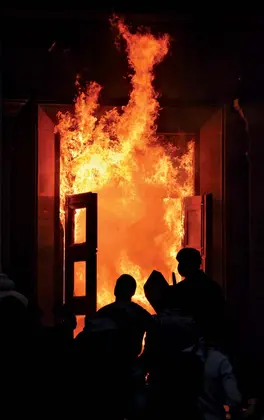

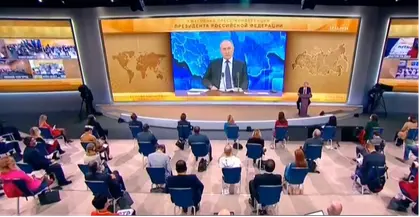
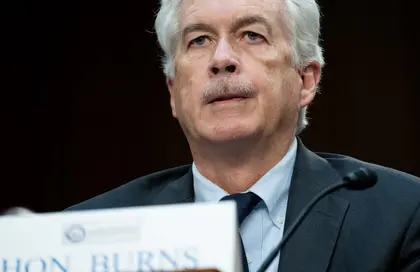
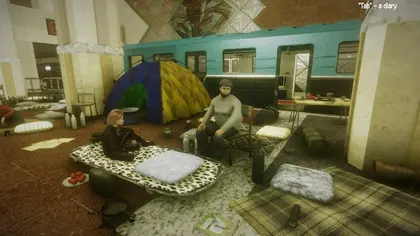
Comments (0)